17 February 2025
Education is evolving, and let’s be honest—it needs to. Have you ever noticed how quickly students lose interest in traditional learning methods? Lectures, textbooks, and worksheets can only go so far in capturing their attention. What if we could make learning feel like playing a game? That's where gamification steps in, bringing a much-needed revolution to the classroom.
Gamification is more than just a buzzword. It's a game-changer (pun intended) for educators, students, and even parents. By integrating elements of gaming—like points, rewards, challenges, and levels—into the learning process, gamification can transform dull lessons into engaging, interactive experiences.
In this article, we’ll dive deep into how gamification is reshaping education, why it works so well, and how you can use it to make learning more exciting for students. Ready to level up your understanding? Let’s go!
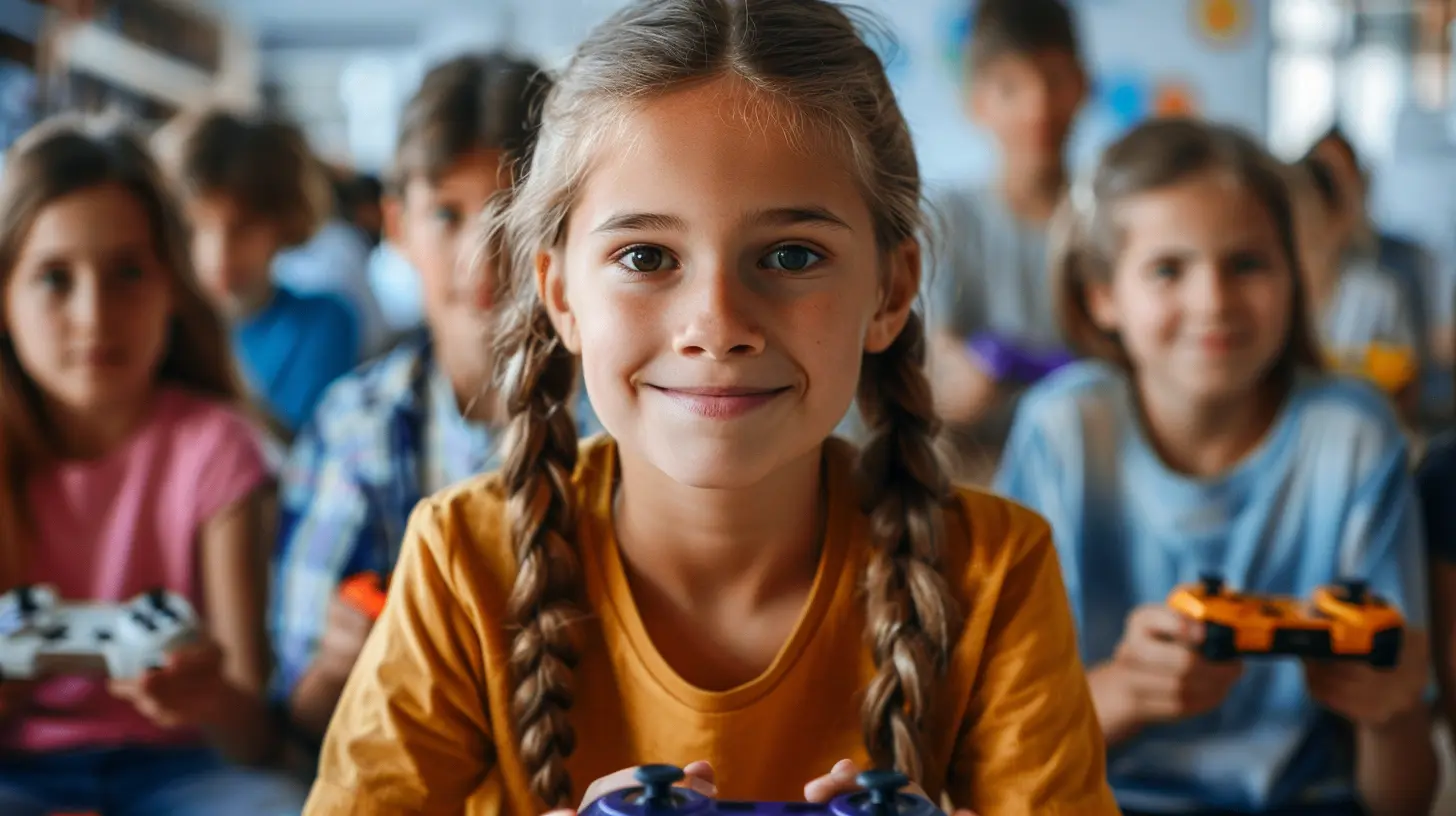
What is Gamification?
First off, let’s break down what gamification actually means. At its core, gamification is the application of game-design elements to non-game contexts. In the world of education, this means using elements like:- Points
- Badges
- Leaderboards
- Quests
- Levels
You know, the same stuff that makes video games so addictive. But instead of applying them to a game, you apply them to learning activities.
For example, imagine your math class is suddenly a quest where students earn coins (points) for solving problems, unlock new levels when they master a topic, and earn badges for completing challenging tasks. Sounds fun, right?
But wait, it’s not just about making things fun. The real power of gamification lies in how it taps into human psychology—specifically, our desire for achievement, status, and competition. When students feel like they are progressing and achieving something, they become more motivated to keep going. The result? They’re more engaged, they learn more effectively, and most importantly—they enjoy it.
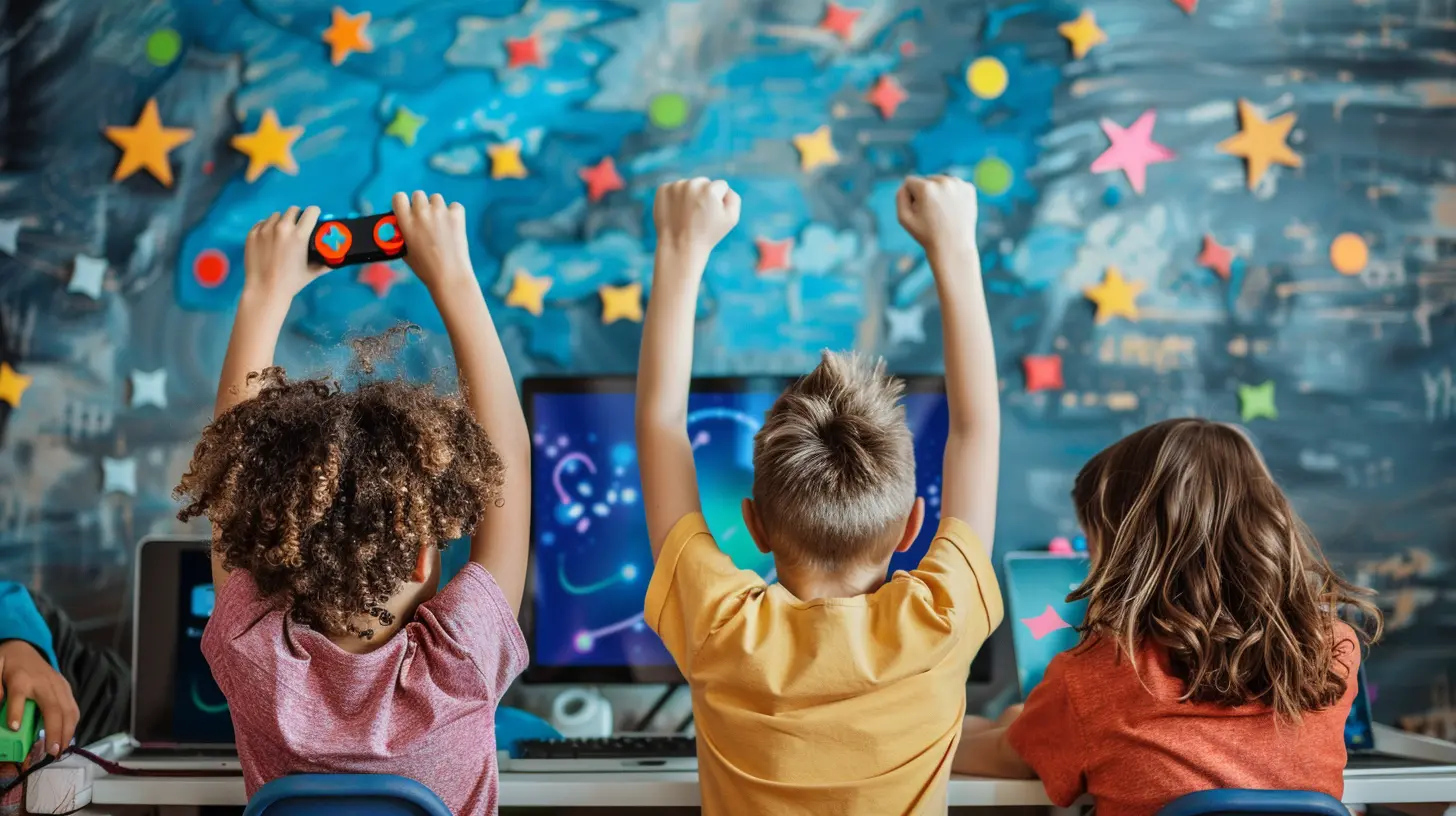
Why Gamification Works in Education
1. Boosts Motivation
Let's face it, staying motivated in school can be tough. Gamification capitalizes on the psychology of rewards and recognition. In a traditional classroom, students may only receive feedback in the form of grades or occasional praise. But in a gamified environment, they get immediate rewards—whether it's points, badges, or even just moving up a leaderboard.This immediate gratification keeps them hooked. Think about it: Why do people spend hours trying to beat a level in a video game? Because they want that sense of accomplishment. Gamification brings that same sense of achievement to learning, and it works like magic.
2. Encourages Active Learning
Ever noticed that students tend to drift off when they’re just sitting and listening? Well, gamification encourages students to take an active role in their learning. Instead of being passive receivers of information, they become active participants in the educational process.By completing tasks, solving problems, and engaging in challenges, students are doing more than just memorizing facts—they're applying their knowledge in real-world scenarios. This keeps their brains engaged and helps them retain information better.
3. Provides Instant Feedback
One of the great things about games is that they provide instant feedback. If you make a mistake, you know right away. This is key in education too. In a gamified environment, students can see right away whether they’re on the right track, and if not, they have the opportunity to correct themselves immediately.This instant feedback loop allows students to learn from their mistakes without the fear of failure hanging over their heads. It becomes less about passing or failing and more about improvement and growth.
4. Promotes Collaboration
Gamification doesn't just foster competition; it also promotes collaboration. Many gamified learning systems encourage teamwork by having students work together to achieve common goals or complete complex challenges.By working together, students can learn from one another, share ideas, and build a sense of community within the classroom. This not only boosts their learning but also helps develop valuable social skills that are crucial in the real world.
5. Makes Learning Fun and Engaging
Let’s not overlook the most obvious benefit—gamification makes learning fun! When students are having fun, they’re more likely to stay engaged and retain what they’re learning. The brain is wired to remember things better when we’re emotionally invested, and what better way to get students emotionally invested than by making learning feel like a game?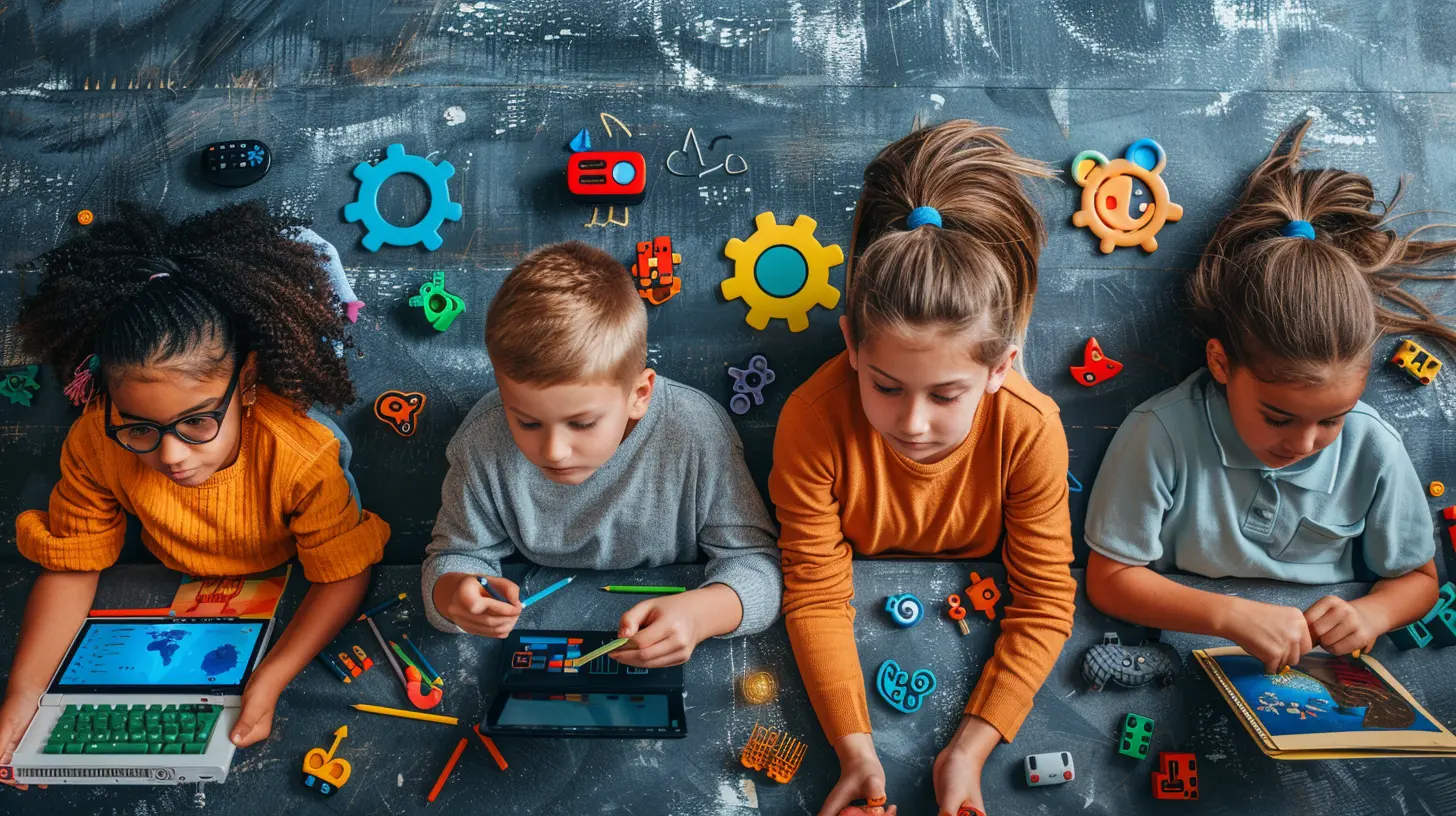
How Gamification is Being Used in Classrooms
Okay, so now that we know why gamification works, let's take a look at how it's actually being implemented in schools around the world.1. Classcraft
Classcraft is a popular platform that turns the classroom into a role-playing game (RPG). In this game, students create avatars and work together in teams to complete quests, earn points, and level up. Teachers can assign points for positive behaviors like helping classmates, completing assignments, or participating in discussions.What's cool about Classcraft is that it allows teachers to tailor the game mechanics to fit their specific classroom needs, making it an incredibly flexible tool.
2. Kahoot!
Ever heard of Kahoot!? It’s probably one of the most widely used gamification tools in education. It’s a quiz-based platform where teachers can create quizzes (or choose from pre-made ones), and students compete to answer the questions correctly in real-time.The best part? The thrill of competing against classmates adds an extra layer of excitement, making even the most boring topics (hello, grammar rules) feel like a competitive showdown.
3. Duolingo
If you've ever tried learning a new language, chances are you’ve used Duolingo. Duolingo gamifies the language-learning process by giving users daily goals, streaks, points, and badges for completing lessons. The app’s design makes language learning feel like leveling up in a game, which keeps users coming back for more.4. Minecraft: Education Edition
Minecraft has taken over the world, and now it’s entered the classroom. In Minecraft: Education Edition, students can engage in creative problem-solving, collaboration, and critical thinking through building and exploration in a virtual world. Whether they're creating historical landmarks or solving math problems, students are learning while having a blast.5. Prodigy Game
Prodigy is a math-focused game designed for elementary and middle school students. It combines math problems with an adventure game, where students solve equations to cast spells, defeat monsters, and complete quests. It’s like Pokemon meets math class, and kids love it!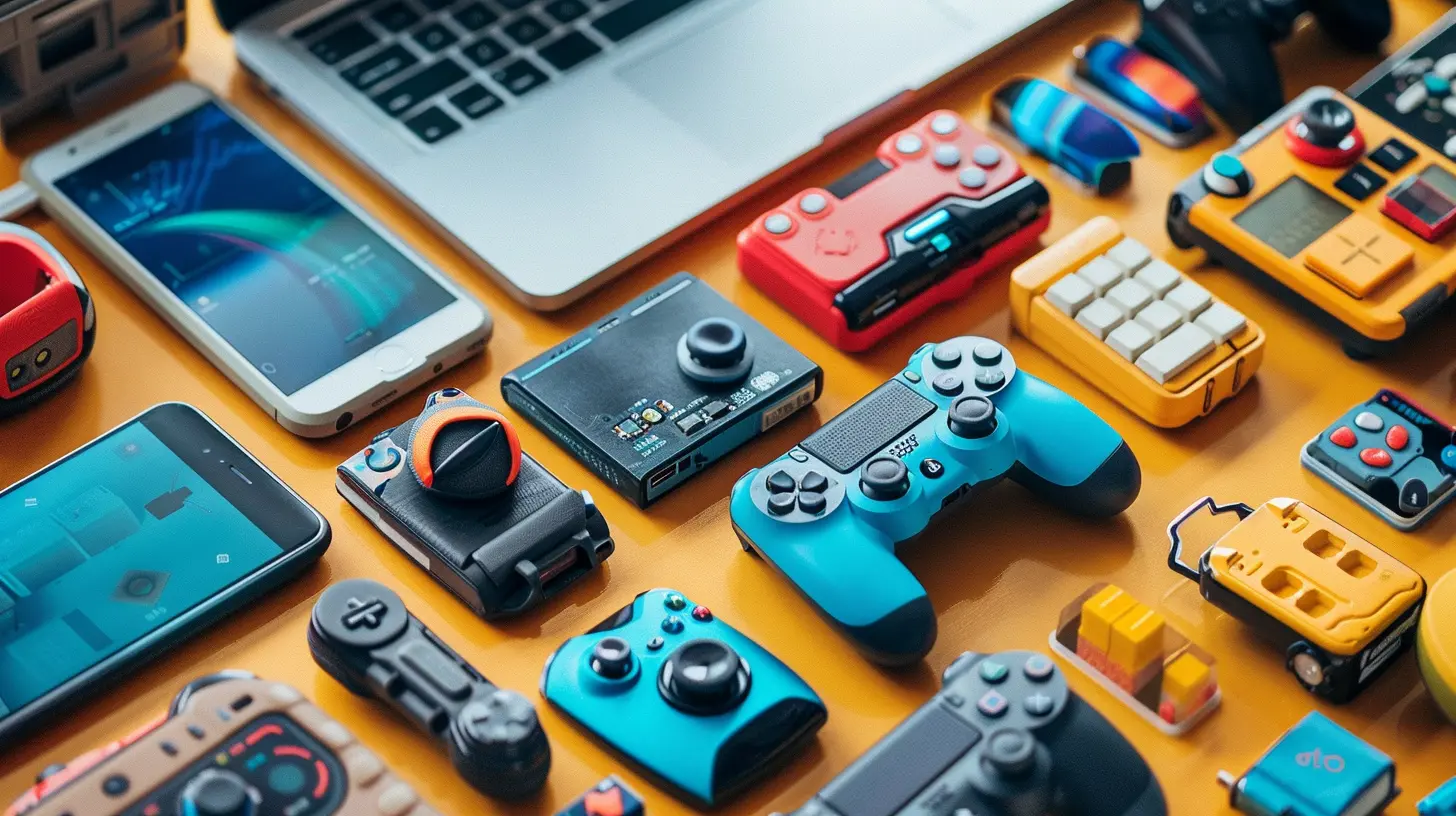
The Challenges of Gamification in Education
Of course, gamification isn’t a cure-all, and it does come with some challenges.1. Overemphasis on Rewards
One risk of gamification is that students may become too focused on earning points or rewards, rather than actually learning the material. If not balanced properly, the game mechanics can overshadow the educational content, turning learning into a "point-chasing" exercise.2. Not Engaging for All Students
While many students thrive in a gamified environment, it’s important to remember that not every student is motivated by competition or rewards. Some may find it distracting or even stressful. It’s essential to offer a variety of learning methods to engage different types of learners.3. Time and Resource Intensive
For teachers, setting up a gamified learning system can be time-consuming and resource-intensive. It requires careful planning to ensure that the game elements align with the learning objectives. Additionally, access to technology can be a barrier in some schools, especially those with limited funding.Best Practices for Implementing Gamification in Education
Ready to try gamification in your classroom? Here are some best practices to keep in mind:1. Start Small
You don’t have to overhaul your entire curriculum to incorporate gamification. Start by adding small game elements to one or two lessons and see how your students respond.2. Align with Learning Goals
Make sure the game mechanics you use are aligned with your learning objectives. The goal isn’t just to have fun—it’s to enhance understanding and retention of the material.3. Incorporate Different Types of Rewards
Not all students are motivated by the same things. Offer a variety of rewards, from points and badges to privileges or recognition, to appeal to different learners.4. Encourage Collaboration
While competition is a key part of gamification, don’t forget to incorporate collaborative elements. Group challenges, team quests, and cooperative tasks can help build a sense of community in the classroom.5. Provide Meaningful Feedback
Use the instant feedback loop that gamification offers to help students learn and grow. Instead of just rewarding them for getting the right answer, provide feedback that helps them understand their mistakes and improve.Conclusion: Gamification is Here to Stay
Gamification is no longer just a trend—it’s a powerful tool that’s here to stay. By making learning more interactive, engaging, and fun, it has the potential to transform the way we teach and learn. Whether you're a teacher looking to spice up your lessons or a student hoping for a more engaging classroom experience, gamification can take education to the next level.So, are you ready to hit the “start” button and embrace the power of gamification in education? The future of learning looks a lot more like a video game—and that’s a good thing.








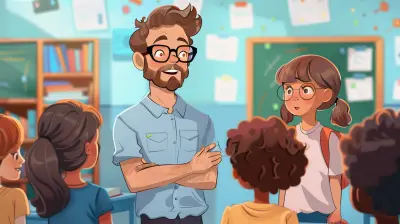



Miranda McGrath
Gamification transforms learning from a chore into an adventure. By integrating game elements, we not only captivate students' attention but also foster deeper engagement, curiosity, and collaboration—turning the classroom into an arena for exploration and creativity. Game on!
April 7, 2025 at 6:29 PM